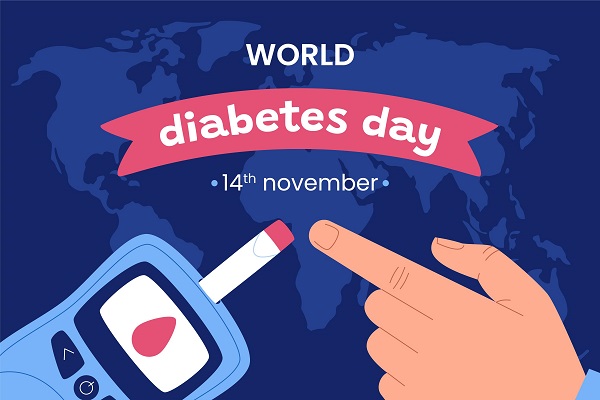Contributed by: Healthians Team
Introduction
When the pace at which the blood flows in the body becomes slow, it causes the blood to thicken, giving rise to blood clots in a vein. Medical practitioners refer to this condition as deep vein thrombosis or DVT.
The condition usually takes place in the calf, thigh, or pelvis region of one leg, but it can affect other parts of the body too. If the blood clot breaks off, it can flow through your bloodstream to the lungs, and give rise to a serious medical condition called pulmonary embolism (PE).
PE is a condition in which one or more arteries in the lungs become blocked due to a blood clot. It is a dangerous condition that can cause serious damage to the lungs and other organs in the body. Furthermore, it can also be fatal.
Identifying DVT can be tough, as it may or may not show symptoms. Thus, it is necessary to prevent the occurrence of DVT by identifying the causes and symptoms that can give rise to this condition.
How does a blood clot occur?
Several factors can give rise to DVT in your body. Some of them are:
- Age: Although DVT can affect anyone at any age, however, those who are 40 or above, are at greater risk of developing the condition. To prevent, stay physically active, eat healthy foods, and seek regular medical attention.
- Prolonged sitting: Sitting for long durations (particularly more than four hours) can obstruct the flow of blood to your lower legs and can give rise to DVT. Some common scenarios that can cause DVT are prolonged sitting in flight, train, bus, car, bike, office, college, or school. To prevent the condition, avoid crossing legs, move around in the aisle when allowed, stay hydrated, avoid alcohol before & during the travel, and keep stretching your legs while sitting.
- Pregnancy: Women who are pregnant can develop DVT due to the pressure that the baby puts on the veins of their legs and pelvis, which leads to blood clots due to improper blood circulation. Women who have recently given birth can develop DVT due to hormonal changes that give rise to a blood clot. Although eliminating the risk may not be achievable during pregnancy, however, managing it is possible by staying physically active and hydrated. If the doctor advised bed rest, ask about the tips to prevent DVT.
- Smoking: Smoking harms the lining of the blood vessels and changes the surface of the blood platelets, making it easier for them to form a cluster. The habit of smoking also makes the blood cells thicker and stickier, resulting in the formation of blood clots. Quit smoking to reduce the chances of getting affected by DVT.
- Obesity: Obesity is a crucial risk factor of DVT in both men and women. The extra weight obstructs the blood flow and can give rise to DVT. If the body mass index (BMI) is more than 30, the risk of DVT is higher. BMI is a measure that shows how much body fat you have as per your height and weight. Lifestyle changes like exercising regularly and consuming a healthy diet can help manage obesity and prevent DVT.
What are the symptoms of DVT?
DVT is a serious complication that may or may not show the symptoms. However, some people can manifest any of the following symptoms:
- Swelling in one leg (rarely both)
- Cramps in the calf of one leg (rarely both)
- Intense and unexplained pain in the foot or ankle when you stand or walk
- A part of the skin that hurts and may feel warmer
- A part of the skin may turn red or blue
What are the symptoms of PE?
DVT can lead to PE and can be fatal, thus, it is necessary to understand the symptoms of PE too. Some of them are:
- Shortness of breath
- Unexplained dizziness and sweating
- Chest pain that worsens due to deep breathing or coughing
- Coughing up blood
- Accelerated heart rate
- Rapid breathing
How to prevent and manage DVT?
Since DVT may not manifest any symptoms very clearly, you should take an early diagnosis and consult your doctor to take necessary preventive measures to avoid any serious complications. Here are some tips that will help in the healthy and uninterrupted circulation of blood.
- Stop smoking
- Quit alcohol
- Increase or start regular exercising
- Stay hydrated
- Consume a healthy diet
- Get regularly diagnosed
- Avoid prolonged sitting
- If the symptoms persist, ask your doctor if you need a surgery
Final thoughts
DVT is a serious medical condition that can occur without any symptoms and can also be fatal if left untreated. As mentioned above, it usually occurs in a deep vein and can also affect your lungs by causing a pulmonary embolism (PE).
Although DVT is a serious complication, you can still manage it by taking preventive measures like consulting your healthcare provider and taking an early diagnosis if you experience any of the aforesaid symptoms or, are vulnerable to any of the causes.




